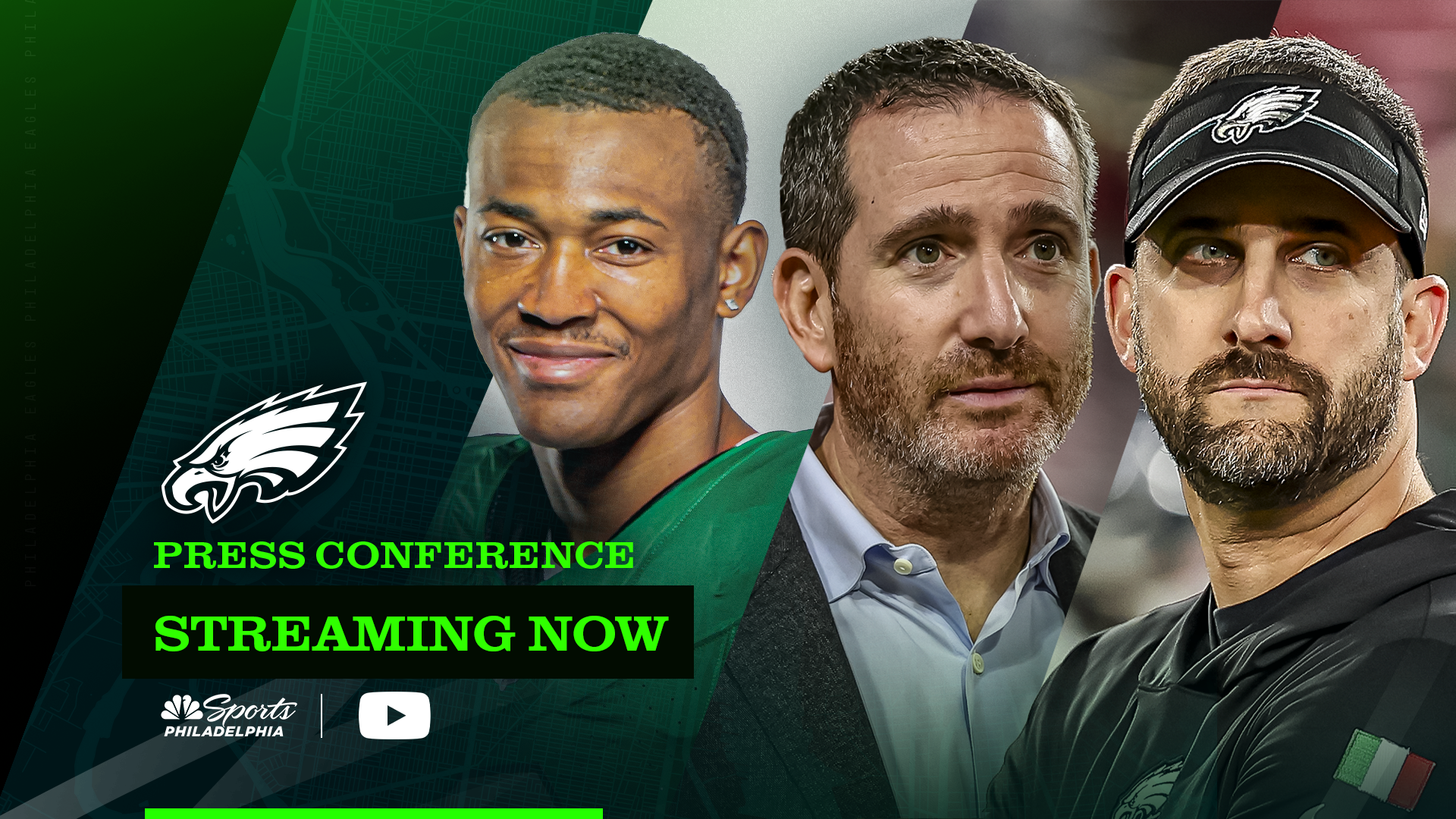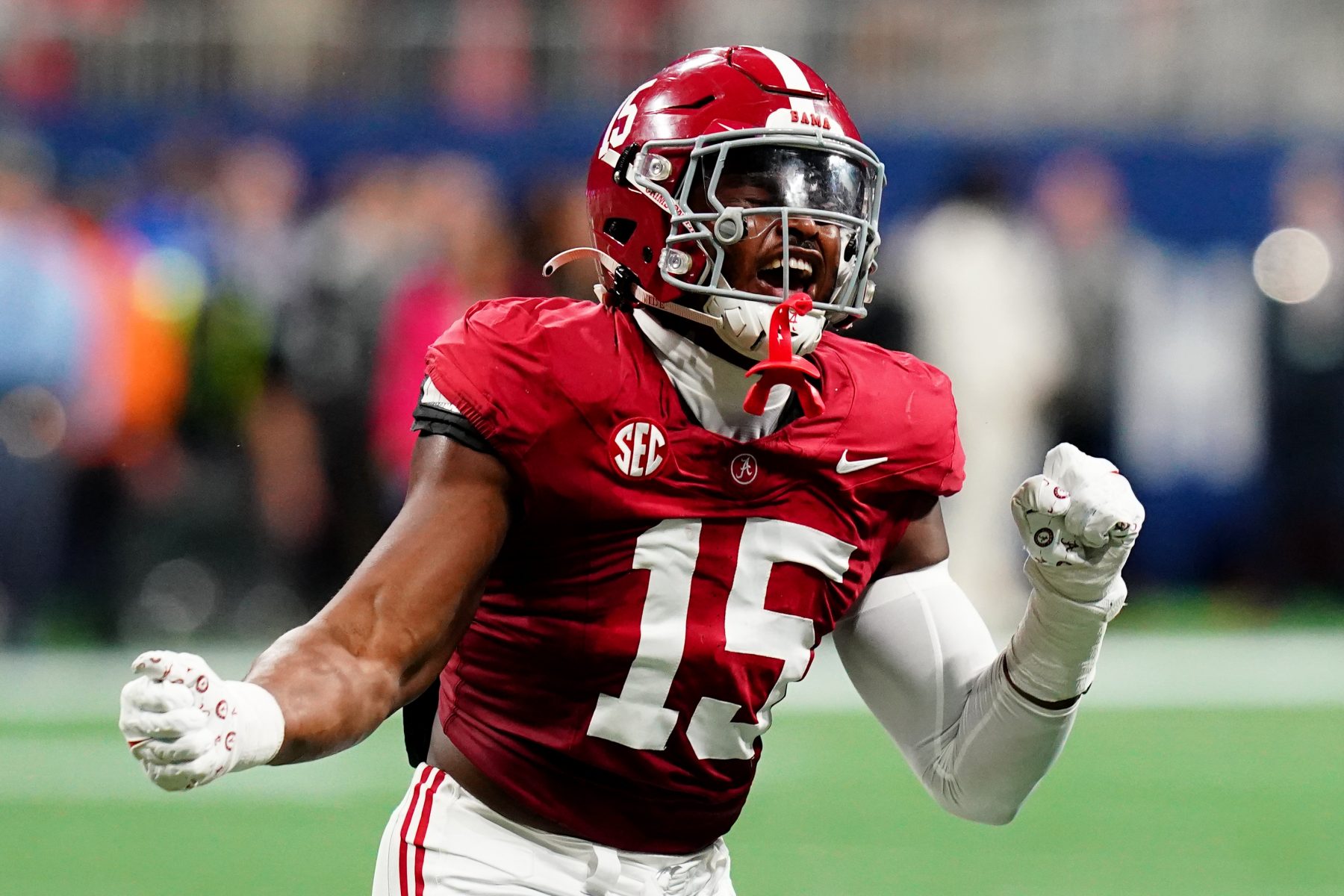It's 4th-and-goal at the opponents' 2-yard line, and the Eagles can hand the football to either 6-foot, 220-pound Ryan Mathews or 5-6, 190-pound Darren Sproles. Who should they choose?
Those are the type of short-yardage situations where offenses traditionally lean on the bigger running back. If you're going to try to pound the rock up the middle there, it might make sense to use somebody who can push the pile and fall forward into the end zone.
Yet the Eagles went with Sproles, who was stuffed a yard shy of the goal line. A defensive penalty resulted in a second chance, and this time Mathews was allowed punch one in for his second touchdown. However, that series punctuated the questionable usage of running backs by coach Doug Pederson in a 29-14 win over the Bears.
In all, Sproles carried 12 times for 40 yards on Monday night, while Mathews was limited to nine attempts for 32 yards. Mathews also had an attempt erased due to a penalty, but regardless, it was odd seeing the change-of-pace back get more work than the bellcow.
It was even stranger given the circumstances. Chicago's defense is far more stout against the run this season, so it was tough sledding for Eagles rushers. Again, that's where it would seemingly make sense for a bigger back like Mathews to carry the load, because he can fight for the hard yards and wear opponents down.
Maybe all of that is simply an outdated line of thinking. After all, Sproles is very strong despite his stature. Mathews is nursing an ankle injury, while Kenjon Barner and Wendell Smallwood each had two rushes as well. And the game plan was certainly a factor too, as Sproles played 41 snaps to Mathews' 21 in part because the Eagles were trying to spread the Bears out, a strategy that did make some sense.
Still, even Sproles' usage at the end of the game raised questions. Why is such a vital weapon being used to ice a two-possession lead in the final minutes of the game when Mathews and Barner were also available to do so? With eight fumbles in the past three seasons, it's not as if Sproles is particularly sure-handed.
Philadelphia Eagles
Complete coverage of the Philadelphia Eagles and their NFL rivals from NBC Sports Philadelphia.
On his final touch, a 3rd-and-3 run with three minutes remaining, Sproles was buried in the backfield by 6-0, 236-pound linebacker Jerrell Freeman. Big hits happen, but that wasn't ideal exposure. Completely unnecessary and avoidable.
Again, this might be too old school, but you could even make the case Sproles' carries should be limited in the first place. Other NFL coaches have clearly felt the same, based on the fact that his 12 rushing attempts on Monday are tied for the fifth-highest in a game for his 12-year career.
Part of the reason Sproles remains such a dangerous weapon even at 33 years of age is because he hasn't been asked to endure heavy workloads of between-the-tackles running. Now is not the time to start either.
Technically, the combination of Mathews, Barner and Smallwood out-carried Sproles 14 to 12, including penalties. The disparity probably should've been greater though, even accounting for the Eagles' game plan, while some of the specific instances Pederson called Sproles' number seemingly flew in the face of conventional wisdom.
Is there ever a circumstance where Sproles should have a heavier workload on the ground than Mathews? Maybe, but Monday night wasn't one of them.



